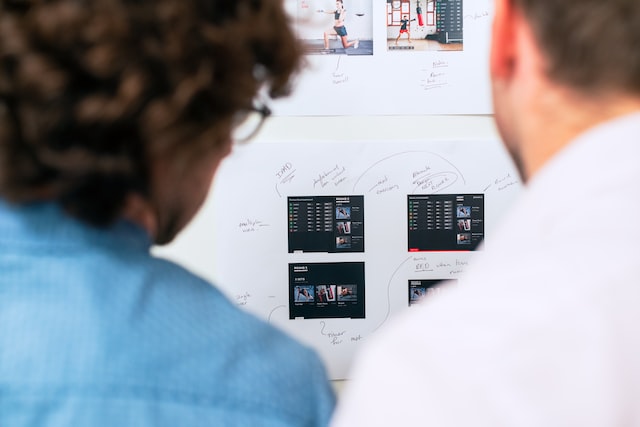You might be wanting to go to university in the future to study computer science and if so, you should start to understand what is meant by “sustainable web design”.
For 110 years, climate change has been in the news and as we continue to come closer to a climate emergency, we can expect the topic to continue dominating headlines for more years to come.
Here, we will highlight what is necessary to learn and work in a way that’s environmentally friendly within the computer science industry.
Does the internet harm the planet?
The internet is powered by physical servers in data centres that are placed all over the world. Connected to these data centres are cables, switchers, and routers which run for miles under the sea, all of which require energy to run.
In a similar way to gas and electricity, servers secure energy from power sources such as coal and natural gas, which, of course, emit harmful CO2 emissions when burned. A staggering 5.03 billion people across the world use the internet, so we can be certain that these servers are under constant pressure.
What is meant by sustainable web design?
Sustainable web design refers to the practice of designing and constructing web services with the health of the planet and people in mind. When we consider the fact that the internet emits 1.6 billion tons of greenhouse gases every year, the need for sustainable web design becomes even more apparent.
Can I become a sustainable web designer?
As you move through your computer science course, you should always be asking yourself: “how can I make this task more sustainable? What does this project need in order to be more environmentally friendly? Can I do something to this part of the module that will make it more ecological?” By getting into this habit early on, it’ll become an automatic habit in your career.
If you want to master how to create energy-efficient websites, you need to quickly adopt the relevant best practices and never lose sight of them. These best practices include:
Optimise images
If the website you’re studying or building has images, you should prioritise their optimisation. By making the images smaller and faster to load, you’ll be improving the overall speed of the website, which can do wonders for the website’s carbon footprint.
Set up web caching
Set up web caching for your website and watch how the overall performance is enhanced. By storing your website’s data, you’ll enable the cache to redeliver the pages and information a user has clicked on before, instead of putting further pressure on the origin servers.
Delete unnecessary components
A website that’s bloated with unnecessary components such as old blog posts and broken links is sure to be using more energy than a website that’s much more streamlined. With that in mind, every few months you should ‘clean’ any websites you create, deleting elements that no longer serve a purpose.
Use a ‘green’ web host provider
As we’ve discussed, internet usage is a huge contributing factor to climate change and hosting your website through a ‘green’ provider can help soften the blow. Ecological web host providers are committed to positive initiatives which aim to offset the damage that the internet has on our environment, making them better options over standard providers.
Be picky with videos
Yes, we all know that videos are great and play a crucial part in engaging users, but they’re also fantastic at helping a website produce large amounts of greenhouse gas emissions. Because video files can weigh a website down, this can make pages extremely slow to load. What is bad for the environment is bad for SEO (search engine optimisation).
Buy second-hand equipment
To be successful in computer science at both an educational and professional level, you’ll need various pieces of equipment such as a computer, calculator, and various books, but you should encourage yourself to buy second-hand versions. Not only will this significantly reduce your carbon footprint, but it should also save you money in these trying times.
What else should I be doing?
Adopting an eco-friendly approach to your computer science course is a fantastic place to start, but you should create green habits in your personal life too. To really make a difference and play your part in helping the environment, you must build positive habits outside of the lecture hall.
Try to minimise your internet usage when browsing for personal use or be smarter with the decisions you make online. For example, typing a website’s URL directly into the search bar is a lot more ecological than going through a search engine first, and try to break your online shopping habits by visiting more brick-and-mortar stores.
In addition to the above, you should also be making an effort to turn appliances off when not in use, walk or take public transportation rather than driving, recycle your rubbish and unwanted materials, and buy products with less packaging. Not only are these solutions kind to the environment, but also to your student bank account!


